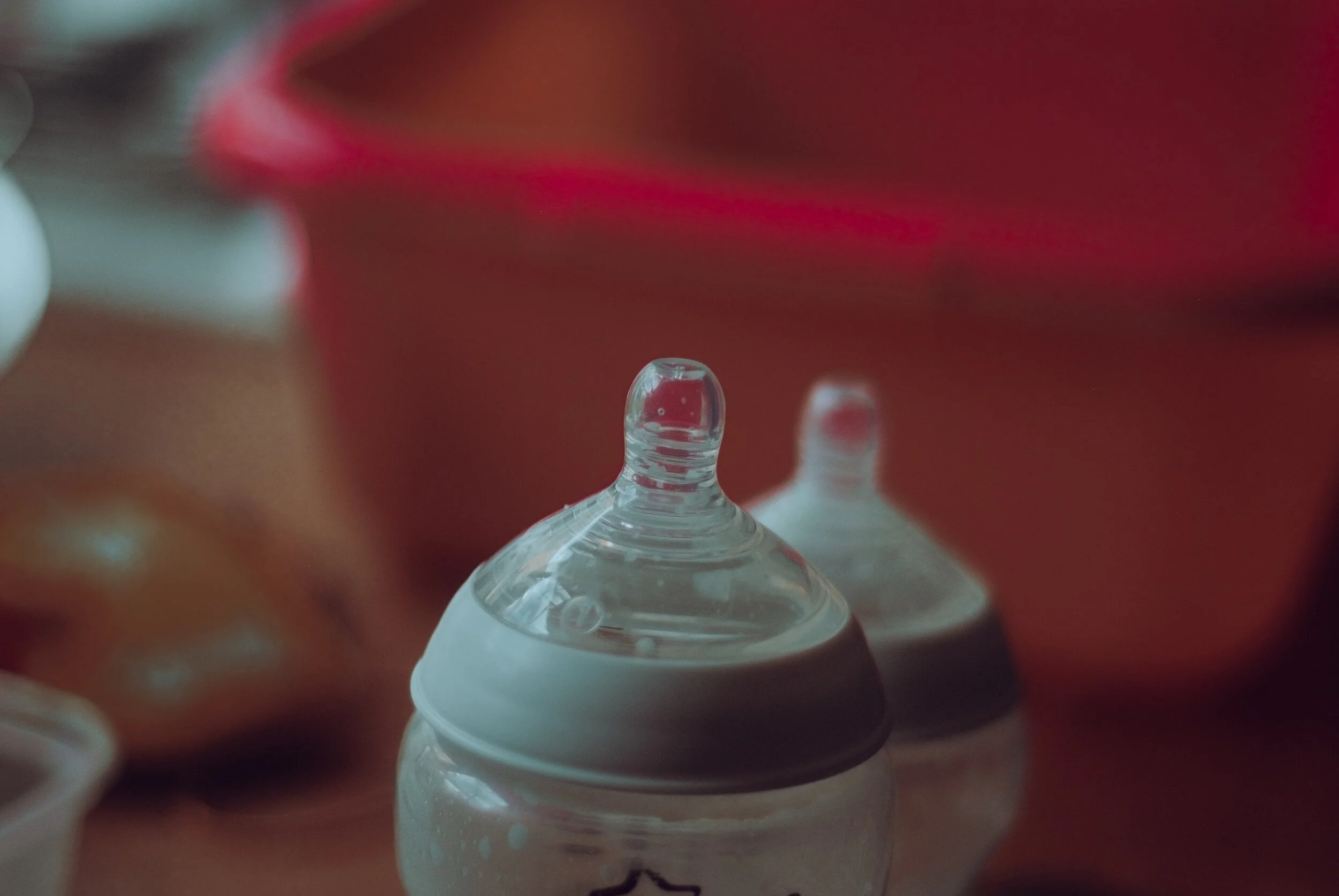Going Back to Work: How Much 'Stash' Do I Need?
If you’ve recently had a baby, are breastfeeding, and are planning on going back to work, pumping and saving your breastmilk stash are probably a pretty big concern. Ensuring that your baby will have enough milk while you are at work each day can be a huge comfort. Although rewarding, this task can be daunting! Here are the basics to help you avoid overwhelm and start planning now.
Preparing Your Breastmilk Stash
How to Store Breastmilk
Proper storage of breastmilk is essential to developing your stash.
Breastmilk can be stored in the fridge for 7 days in flexible storage bags. Any milk that will not be consumed within 7 days should be stored in the freezer. Many parents like to have a back-up freezer stash handy, in case they need some extra milk from their fridge stash.
Learn more about proper breastmilk storage here.
How to Create Your Stash & When to Start
One question clients often ask is, how much milk do I need stored before I go back to work, and when do I need to start pumping?’ This is such a concern that I’ve even had clients intend to pump as soon as possible to build their stash for going back to work. It can be such a stressor!
A good way to start building your stash is to pick a time of day that you always know you can pump. For many this will either be first thing in the morning or right before bed time. What worked for me was setting a timer for each night at 10pm. The consistency of pumping at this time each day allowed me to build my (small) freezer stash. Most women have the largest milk production first thing in the morning around 6-7am, so it can be advantageous to pump then.
And make sure you have a great pump - this will help you to get into a good routine that you may actually enjoy.
How Much Stash Do You Need?
Infants 1-6 months old usually consume 19-30 oz of breastmilk per day. Consequently, breastfeeding parents feeding one baby produce 19-30 oz of breastmilk per day. This gives you a good ballpark range of how many ounces a day your baby will consume. It’s also important to remember this is not the amount they will consume during the day when you’re at work. The 19-30 oz range is in a 24 hour period.
The average meal for an infant is 3-5 oz of breastmilk. You can count how many feeds your baby will need while you’re at work and that will help you determine approximately how many ounces you’ll need.
Having a 1-2 week supply stash in your freezer (5-10 days worth) gives you a good buffer for back to work. But you can honestly do just fine with a ONE DAY stash. Yes. A one day stash is all you need.
Teaching Paced Feeding to Your Caregiver
Another aspect to creating your stash that is often overlooked is teaching your child’s caregiver about paced bottle feeding. Breastfed babies have different nutritional needs than formula fed babies and some caregivers don’t know about this.
Finding a childcare provider who will support your breastfeeding starts with your search. Get tips here: Finding a childcare provider who will support your breastfeeding.
For babies 1-6 months old, the average meal is 3-5oz of breastmilk. Breastmilk fed babies need less milk than formula fed babies because formula can be harder to digest and absorb. Formula fed babies will still get the nutrients they need, they just may need more food to do it.
Here is an informational video teaching paced bottle feeding.
Some tips:
Pack your baby’s bottles in single servings
Teach your care provider about paced bottle feeding, so your baby doesn’t gobble up the feeding
Discuss different soothing techniques the care provider can use in place of food


